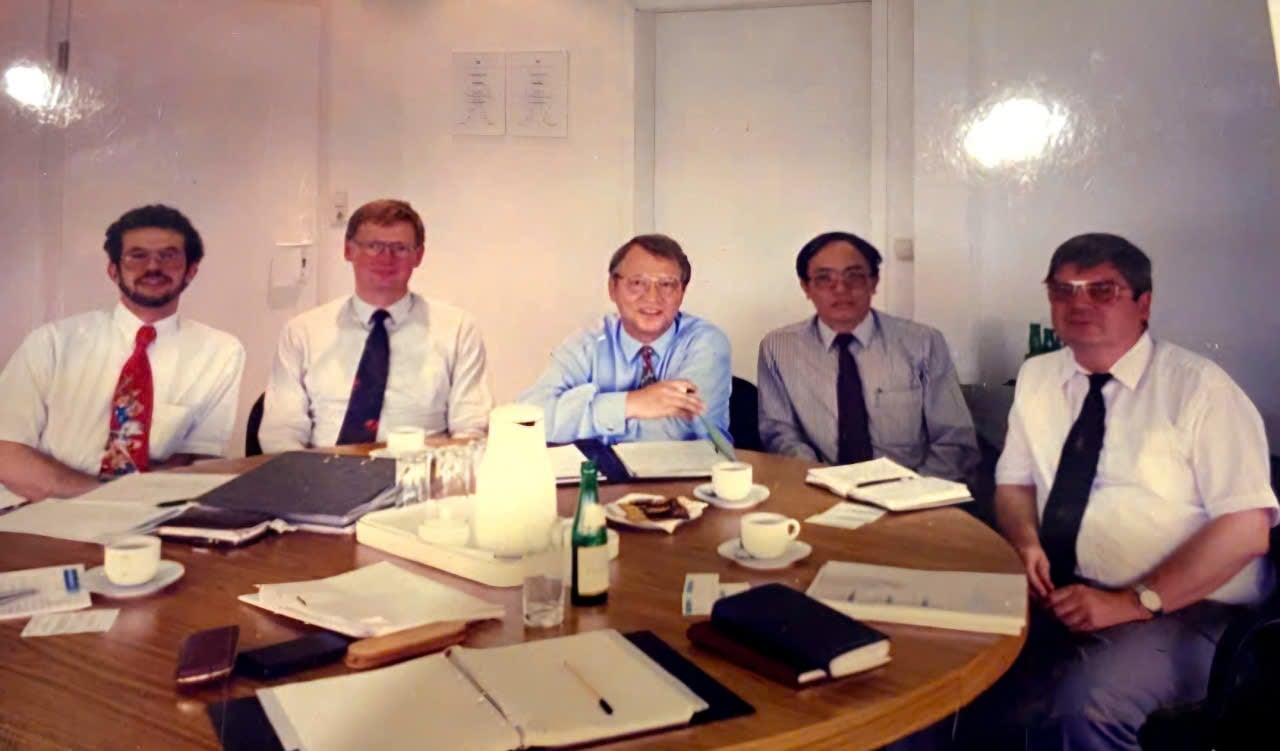
Part II: From B2 soldier to excellent student of Polytechnic University
After more than four months of treatment, I received a decision from the Capital Command to study at Hanoi University of Science and Technology from October 25, 1974. The habit of reading and self-studying was a need of a soldier student of the University of Science and Technology. In addition, with the responsibility of studying for my comrades who had sacrificed and my comrades who were fighting on the battlefield, I studied well the subjects of the mechanical engineering industry and was an excellent student - valedictorian of the 19th class of the mechanical engineering department (2974-1979). I read and self-studied the textbooks of the two majors of automation and radio electronics of the University of Science and Technology - Hanoi, enough to understand the principles and functions of each part, machine and equipment of these two majors. This knowledge helped me to be the first person in Vietnam to build and develop "mechatronics" as the intersection of the four majors of Mechanics - Electricity - Electronics - Information Technology.
Opening the path to scientific research
In November 1979, Mr. Hoang Ai - Deputy Director in charge of the Institute of Industrial Machinery and Tools, Ministry of Mechanics and Metallurgy, came to Hanoi University of Science and Technology to recruit 3 excellent engineers from Faculty 19, namely Nguyen Danh Tien in heat treatment, Luong Dinh Cuong in pressure processing and I in machine tools and tools to work at the Institute. On the first day visiting the Institute on Khuong Dinh Street, seeing that the facility had only 3 rows of level 4 houses and 1 workshop, I was a bit worried, but when I met the Institute's staff at that time, 79 people, most of whom were associate professors and engineers who had studied abroad, with a serious and polite working style, I felt reassured.
At that time, the Instrument Department had only 2 people, so Mr. Tien worked with the P12 experimental manufacturing workshop and I worked with the electrical department led by Mr. Trinh. Mr. Trinh was an electrical engineer who graduated in the Czech Republic and was my first and excellent department head. The first scientific task was to restore 2 high-frequency pulse generators for electric spark processing machines made in the Soviet Union. Mr. Trinh boldly assigned me this topic in the field of industrial electronics with the support of Mr. Hoang Ai - Deputy Director in charge.
After 2 months of studying documents and the current situation, I started to repair and restore the first high-frequency pulse generator and in early March 1980, it was tested and put into production. The project ended successfully in May 1980 after the second high-frequency pulse generator was put into production and I was awarded 200 dong - a big reward for the first scientific work from production. In June 1980, Associate Professor Nguyen Ngoc Le - Director of the Institute, after finishing the political course, signed the decision to establish the P9 Instrument Room, which at that time had only 3 people. Head of the room, Engineer Nguyen Van An, Engineer Nguyen Danh Tien and me. My task at that time was to design and manufacture spiral bevel gears for the K525 export drilling machine.
In 1991, I was assigned the State project of compound tooth knife under the State program 24-04 and was able to do an internship in Czechoslovakia in May and June 1982. At the end of 1982, the coal industry had a great demand for spiral drill bits to replace the products that had to be purchased at very high prices from Japan.
After carefully studying the product, materials and manufacturing technology, I agreed and was assigned to be the project manager for the "Research, design and manufacture of 5 255 mm rotary drilling bits" for Ha Tu coal mine (Quang Ninh Coal Corporation). This was the last obstacle for me to take the doctoral exam in 1985. We had to research, design and manufacture two rotary drilling bits and test them at Ha Tu mine in September 1983 and the remaining 3 were tested in practice in March 1984.
Because of the complexity and progress of the topic, we mobilized the maximum capacity and personnel of the Institute and the coordination of units in the Ministry such as the Heat Treatment Department of the Institute of Technology, including the couple of Engineer Vu Trong Hien who saved the soldier C19E271, who participated from the beginning with us day and night so that the first test drilled 1000m and the second test drilled 2400m. This test result far exceeded our expectations and that was the source of encouragement for me to pass the graduate exam in May 1984 held at Hanoi University of Science and Technology.
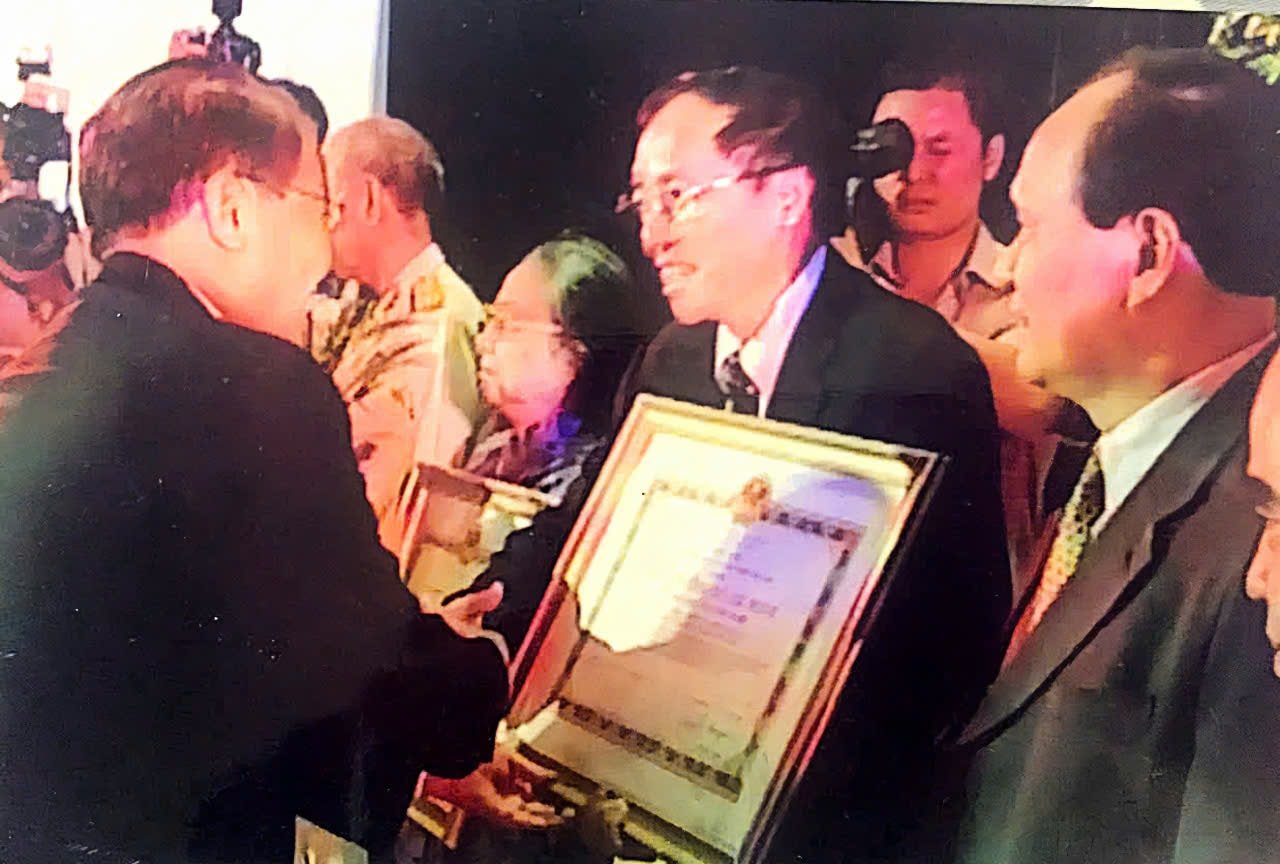
PhD Defense in the Federal Republic of Germany
In early August 1985, the Graduate School planned for me to do a PhD in Poland, but my fiancee advised me that German would be used more and that year, more PhD students passed the entrance exam to Poland than Germany, so I was able to switch to Germany right away. On September 5, 1985, we started studying German at Hanoi University of Foreign Languages, class ND1 with 15 people. That year, the German department had two classes ND1 and ND2 with 30 students. The teachers were people who had studied in the GDR, along with 3 experts, Mr. Juhr and Ms. Karbi. We studied 6 mornings a week, very stressful, in the afternoon we read documents, reviewed lessons, and in the evening we practiced pronunciation.
On August 28, 1986, we flew to Berlin airport and then took the train to Karl Marx Stadt to study German in the third semester at the TUK Technical University. There were only 20 of us, led by Dr. Kuenel and Ms. Sabine. We studied very comfortably and because we had contact with Germans in the city as well as newspapers and television every day, in March 1997 we successfully completed the third semester and began our research with the scientific topic "Waterjet cutting" supervised by Prof. Dr. H. Lutzer of the FPM Department of the TUK Technical University.
I had 6 months to read documents on the topic that I had researched in the world in the field and determine my research direction. Every day I worked with the department and guided German students in their graduation thesis. During this time, I still had to study German in semesters 4 and 5, but only studied one afternoon a week to take the graduation exam with a certificate from the Herder Institute "people with this certificate are not required to study German".
I went to the school library to find the list of topics "waterjet cutting" with 7 doctoral theses (6 German and 1 English version and a scientific journal in German). Only then did I realize that my wife's advice to study German was wise. The library provided me with the necessary documents to read and research for six months and reported to Professor Lutzer once a month. In October 1987, with the help of the professor, I determined the research topic "waterjet cutting" with the participation of magnetic abrasive particles in a rotating magnetic field "to start building an experimental model at the FPM experimental workshop" with my experience in 6 years of mechanical design and production in Vietnam, with the support of the heads of departments and managers of the FPM experimental workshop. I completed the experimental model well and on time.
From July 1988 to July 1989, I had to conduct experiments on different materials, technological parameters, nozzle sizes and environments to find the optimal rules and parameters with a German female student K.Damm who was doing her graduation thesis under the guidance of Professor H.Lutzer. The most complicated and time-consuming part was when finding the optimal technological mode for each material, we had to film 16mm with 5000 frames/s. In August 1989, I handed over the experimental model to the engineer. K.Damm had graduated and worked at the FPM department to start writing her thesis.
I wrote each chapter and submitted it to the professor for correction. Professor Lutzer corrected it but I could not read it and had to ask the professor's secretary to rewrite it, so the time was very slow. On the first Monday of October 1990, a large demonstration occurred in the city of Leipzig, then it took place weekly in Berlin and then in other cities. On November 3, protesters tore down the wall separating East and West Berlin. The SED had to change its general secretary and on December 3, 1989, at the Malta conference, it chose the option of German reunification on October 3, 1990. It was a shock to us because East Germany was a desirable society and had always supported Vietnam in the fight for national reunification.
In January 1990, I focused on writing my thesis again and completed it in April 1990 and sent it to three reviewers: my supervisor, Professor Lutzer, my reviewer from the university, Professor Piegert, and my reviewer from the production department, Dr. Lochmann. On May 1, 1990, I was delighted to have my wife and son come to visit me to attend the thesis defense ceremony and host the doctoral celebration party held solemnly on July 8, 1990 at the Chemnitz Technical University TU Chemnitz (formerly Karl Mark Stad).
The presence of my wife and son in Chemnitz brought me luck, excitement and confidence to successfully defend my doctoral thesis, but most importantly, they supported my decision to return to Vietnam to contribute to the construction and development of the country! We had 3 months to pack our belongings and luggage to send back home, but Germany had reunified and all the money I had saved was converted to DM at a rate of 1/1 and 2/1, including scholarships for weekend labor in the first year and money for teaching German to companies that received Vietnamese workers under the labor export agreement between the two countries for the next 2 years. On December 10, 1990, we flew back to Hanoi with a doctorate, 2 patents and membership in the "Waterjet Cutting" Scientific Association of the Federal Republic of Germany.
(to be continued)
Source: https://hanoimoi.vn/hanh-trinh-tu-chien-truong-danh-my-den-giai-thuong-ho-chi-minh-cua-gs-ts-truong-huu-chi-699923.html


![[Photo] Special journey of a helicopter flying the flag, flying over the sky of Ho Chi Minh City, celebrating National Reunification Day](https://vstatic.vietnam.vn/vietnam/resource/IMAGE/2025/4/27/b6304a7ed5eb4e7e960d57de239e8ef9)
![[Photo] General Secretary To Lam receives Chairman of the Liberal Democratic Party, Japanese Prime Minister Ishiba Shigeru](https://vstatic.vietnam.vn/vietnam/resource/IMAGE/2025/4/27/63661d34e8234f578db06ab90b8b017e)
![[Photo] General Secretary To Lam's wife and Japanese Prime Minister's wife make traditional green rice cakes together](https://vstatic.vietnam.vn/vietnam/resource/IMAGE/2025/4/27/7bcfbf97dd374eb0b888e9e234698a3b)
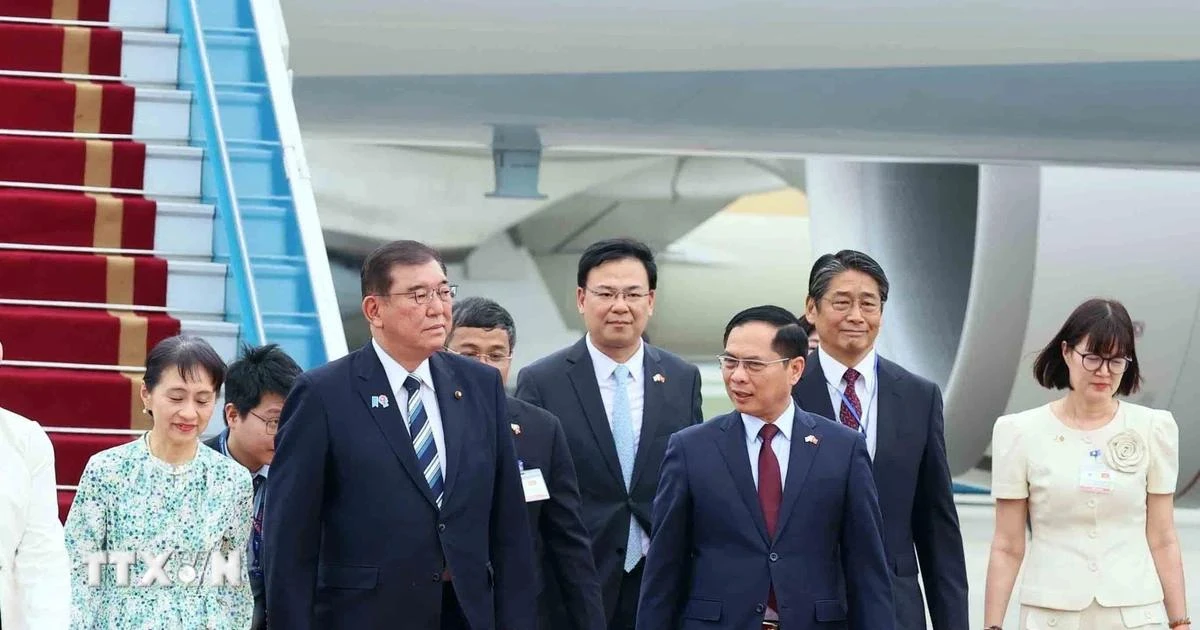
![[Photo] Foreign tourists impressed by the way history is conveyed through interactive exhibitions at Nhan Dan Newspaper](https://vstatic.vietnam.vn/vietnam/resource/IMAGE/2025/4/27/6bc84323f2984379957a974c99c11dd0)
![[Photo] Living witnesses of the country's liberation day present at the interactive exhibition of Nhan Dan Newspaper](https://vstatic.vietnam.vn/vietnam/resource/IMAGE/2025/4/27/b3cf6665ebe74183860512925b0b5519)
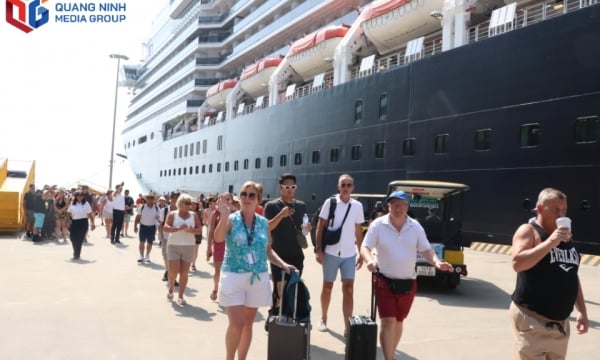



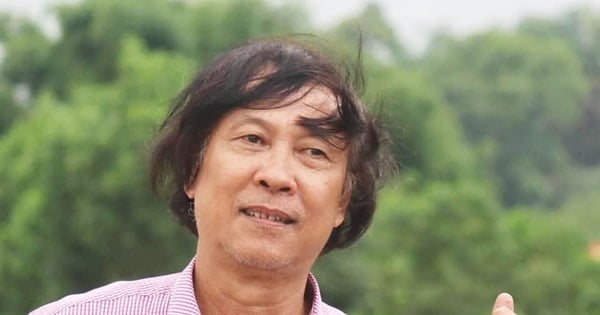


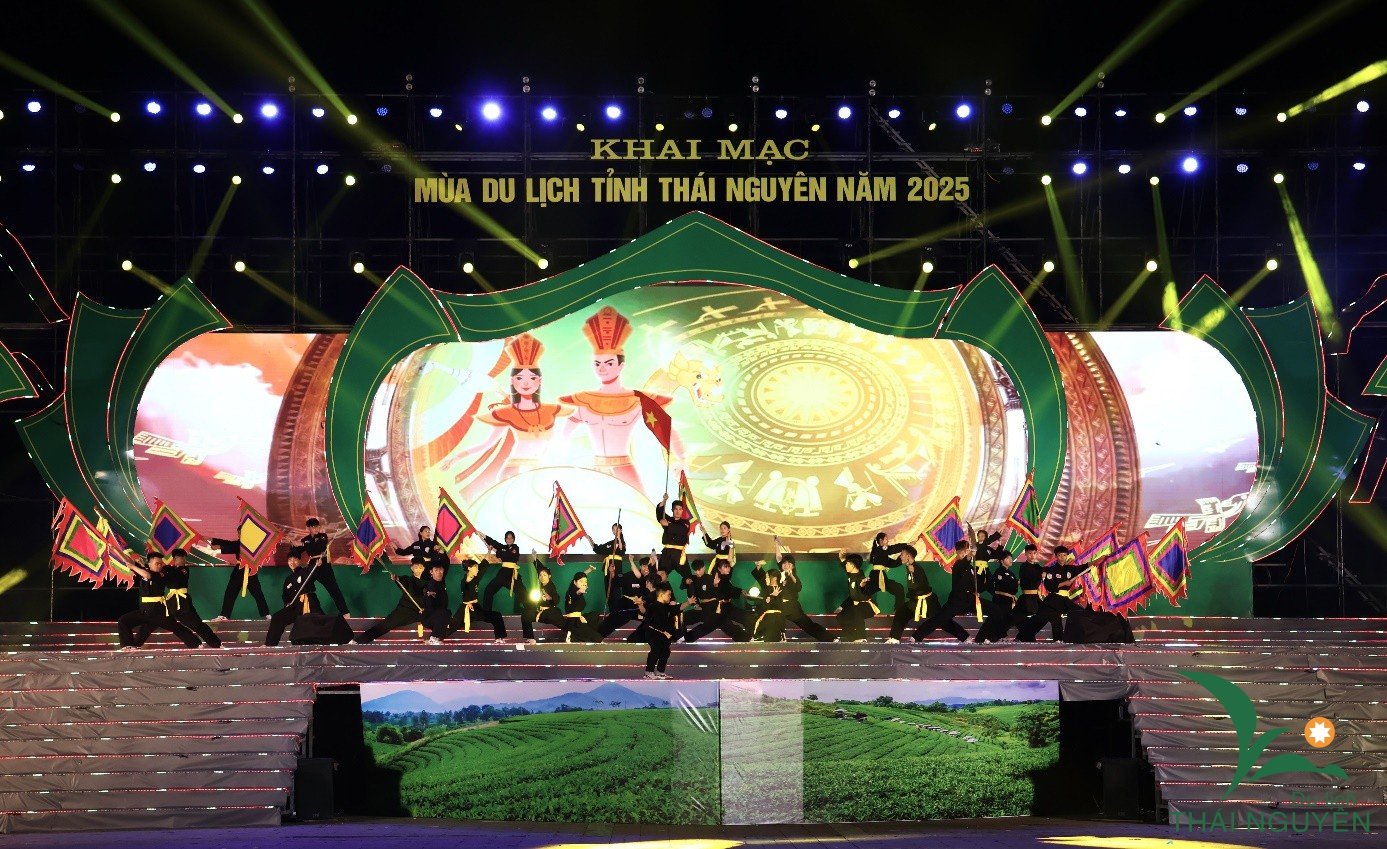

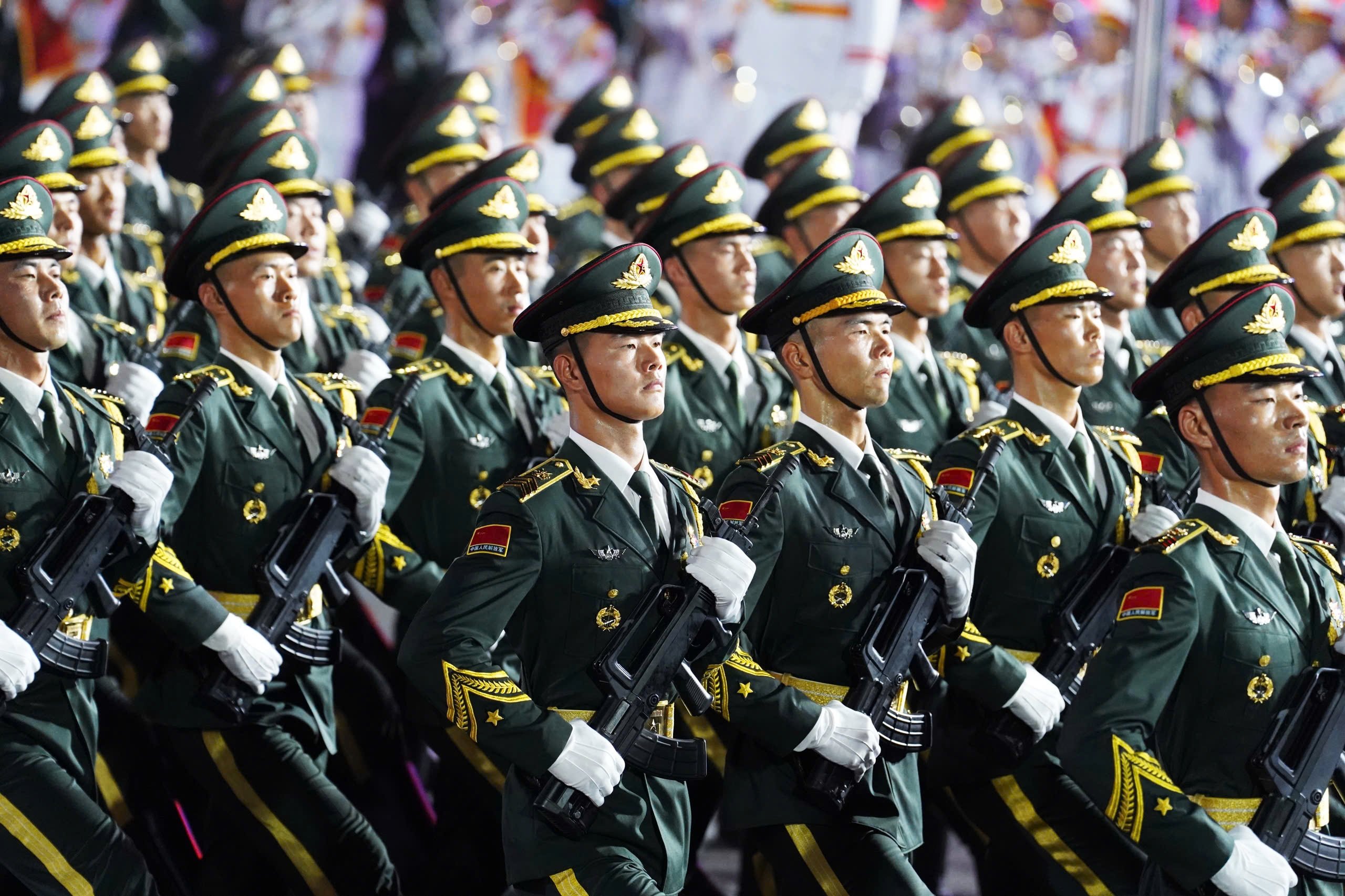

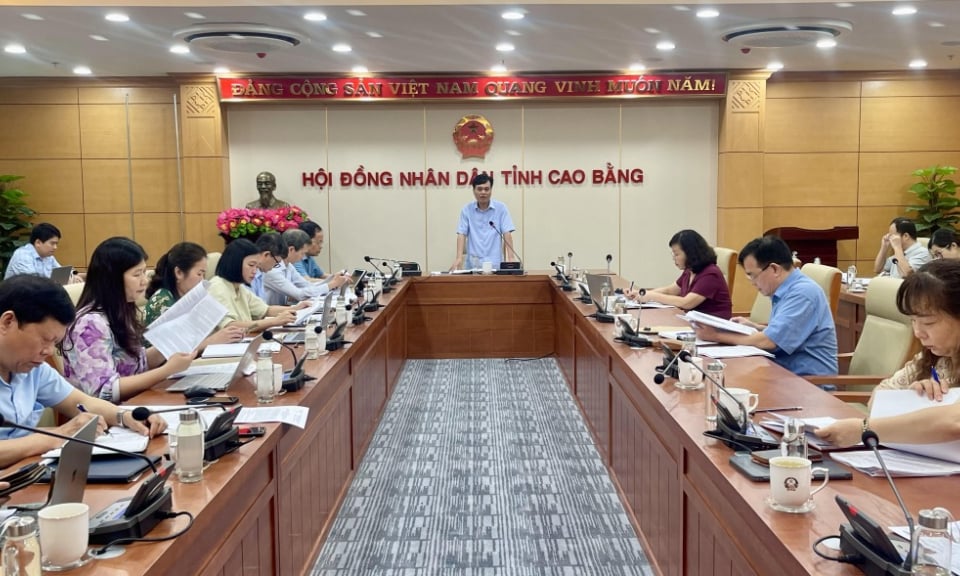

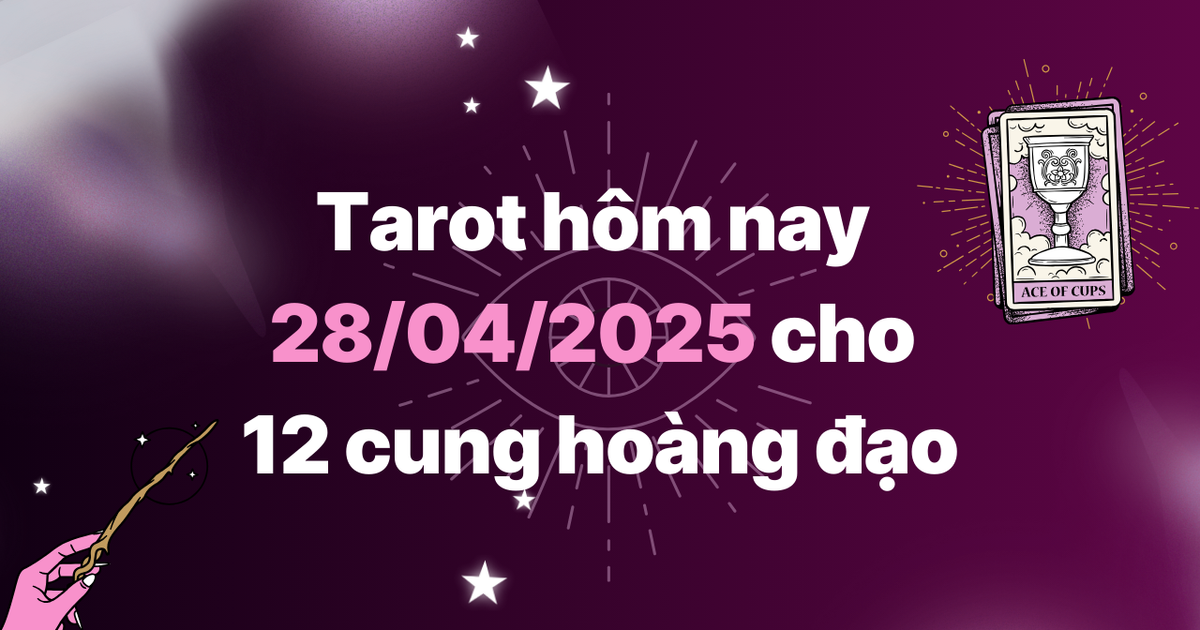
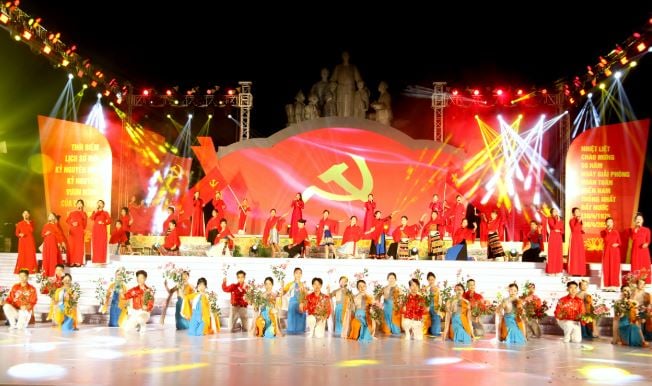
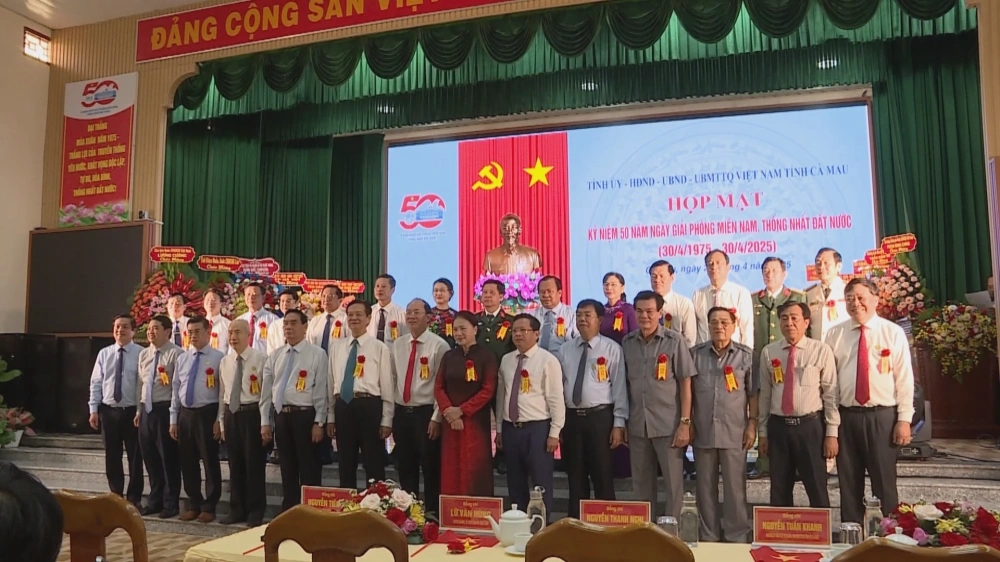


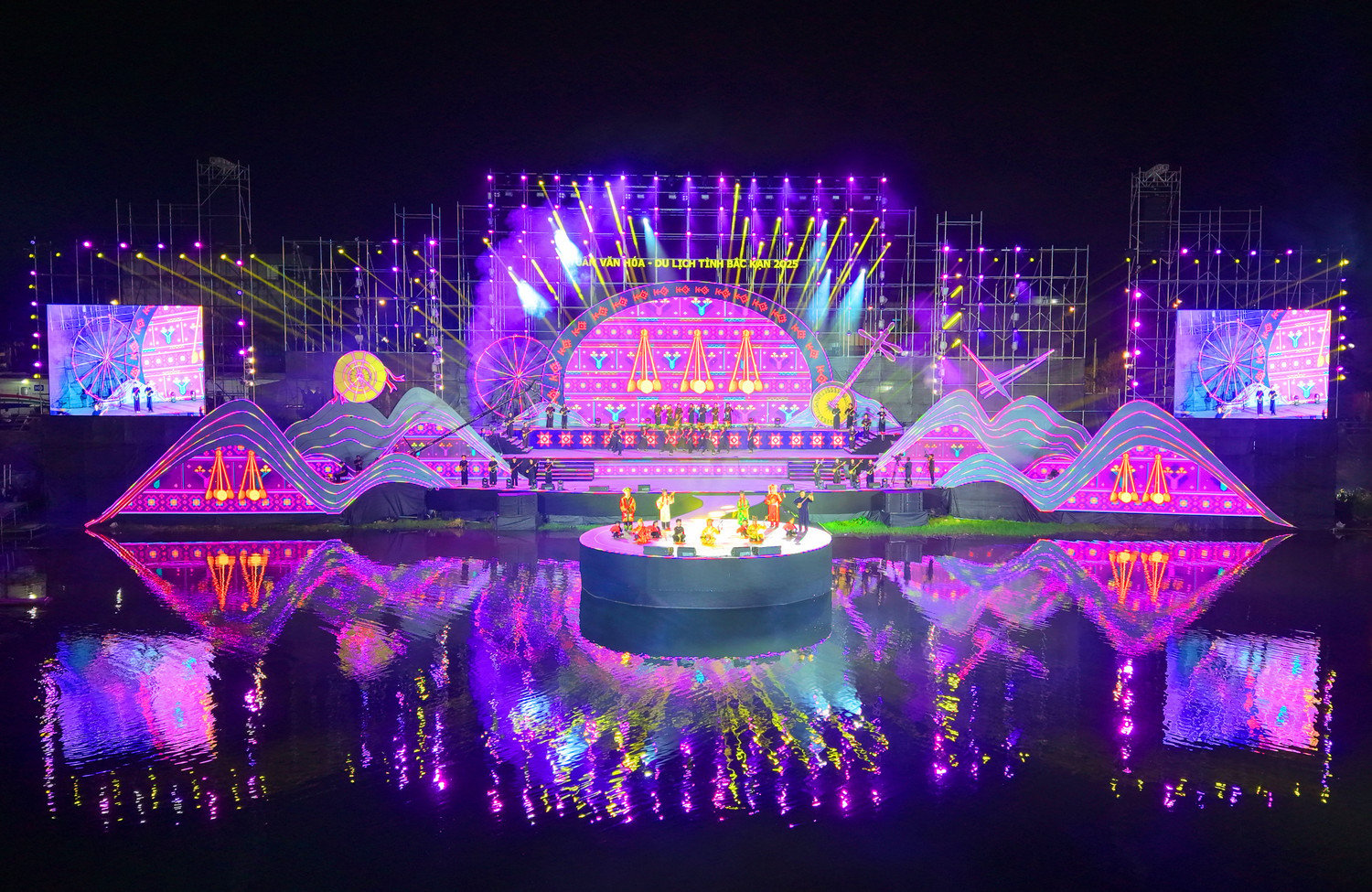



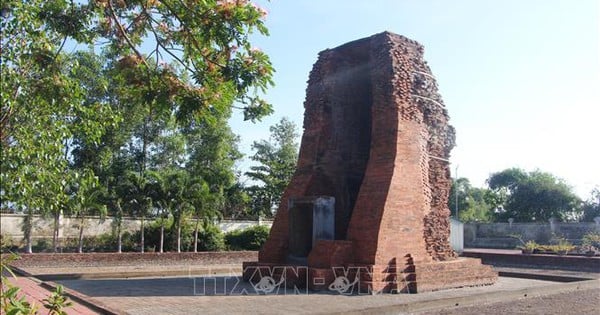
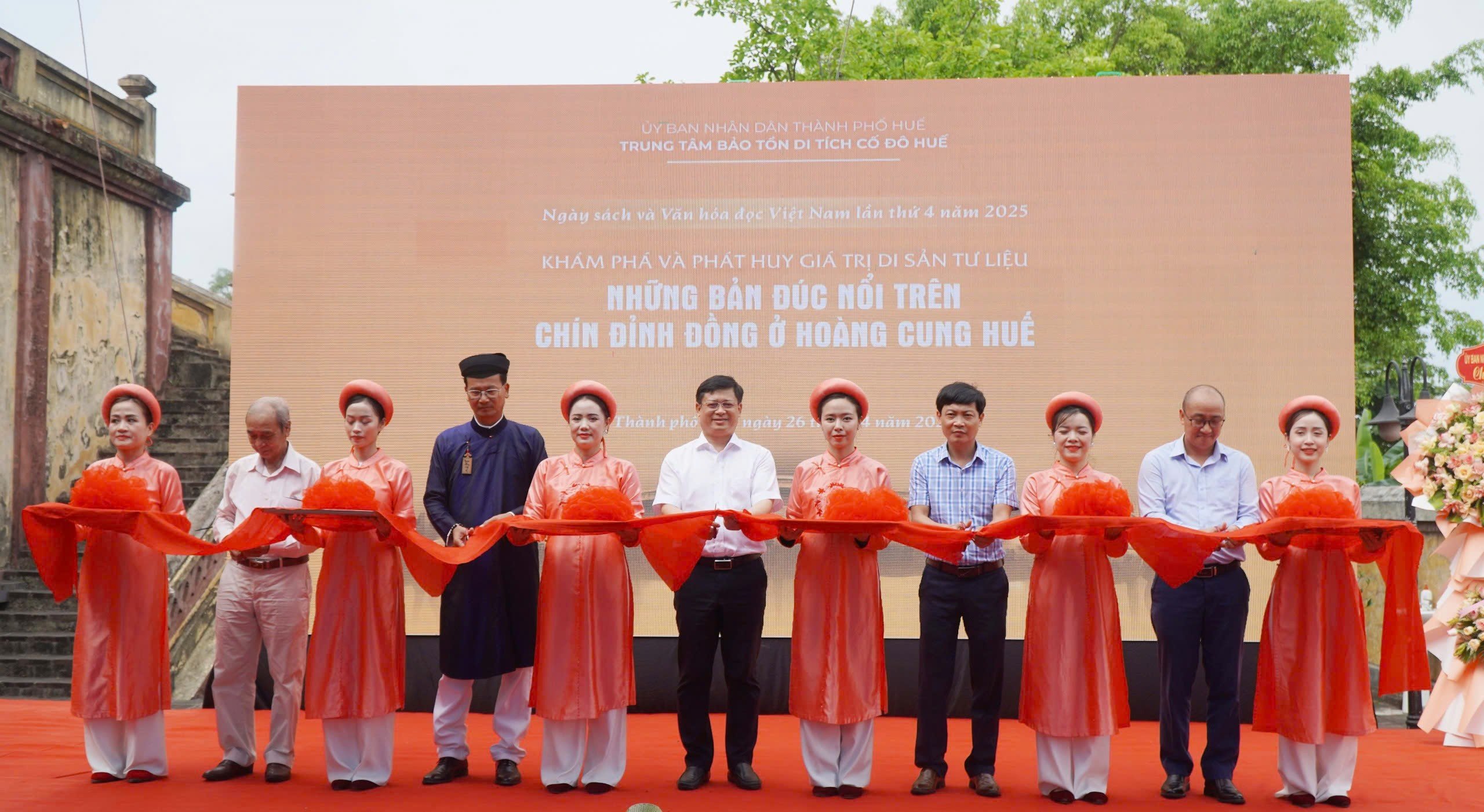

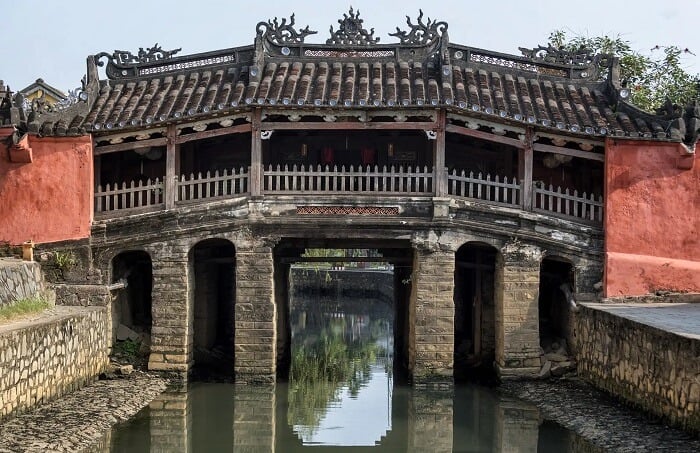

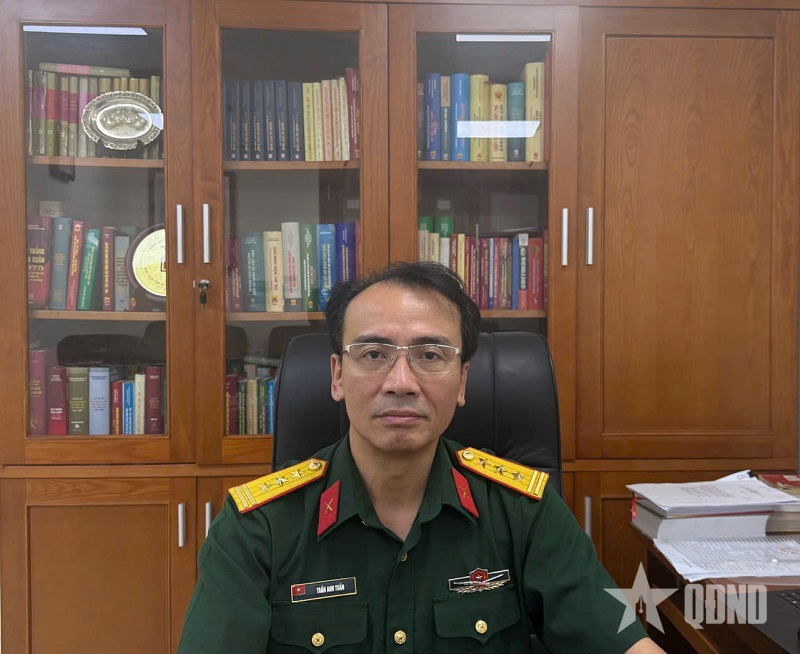





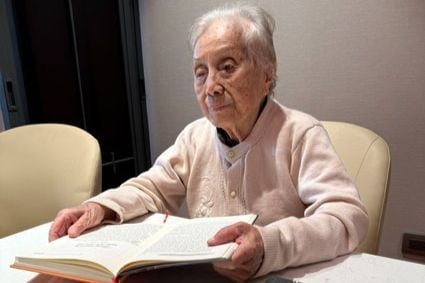



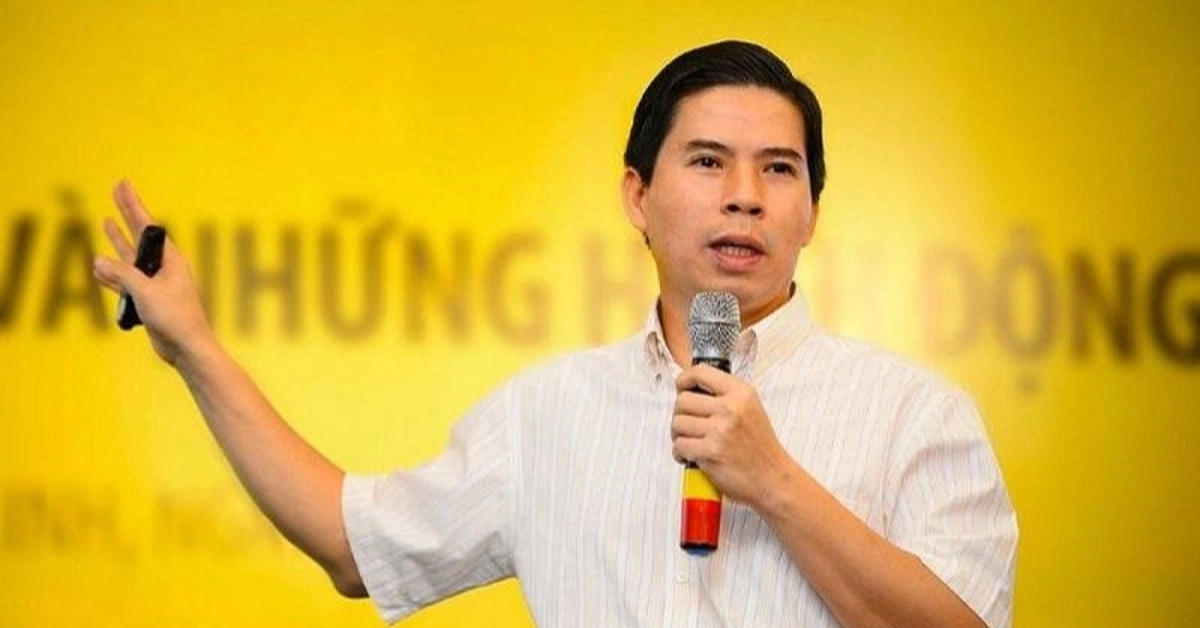

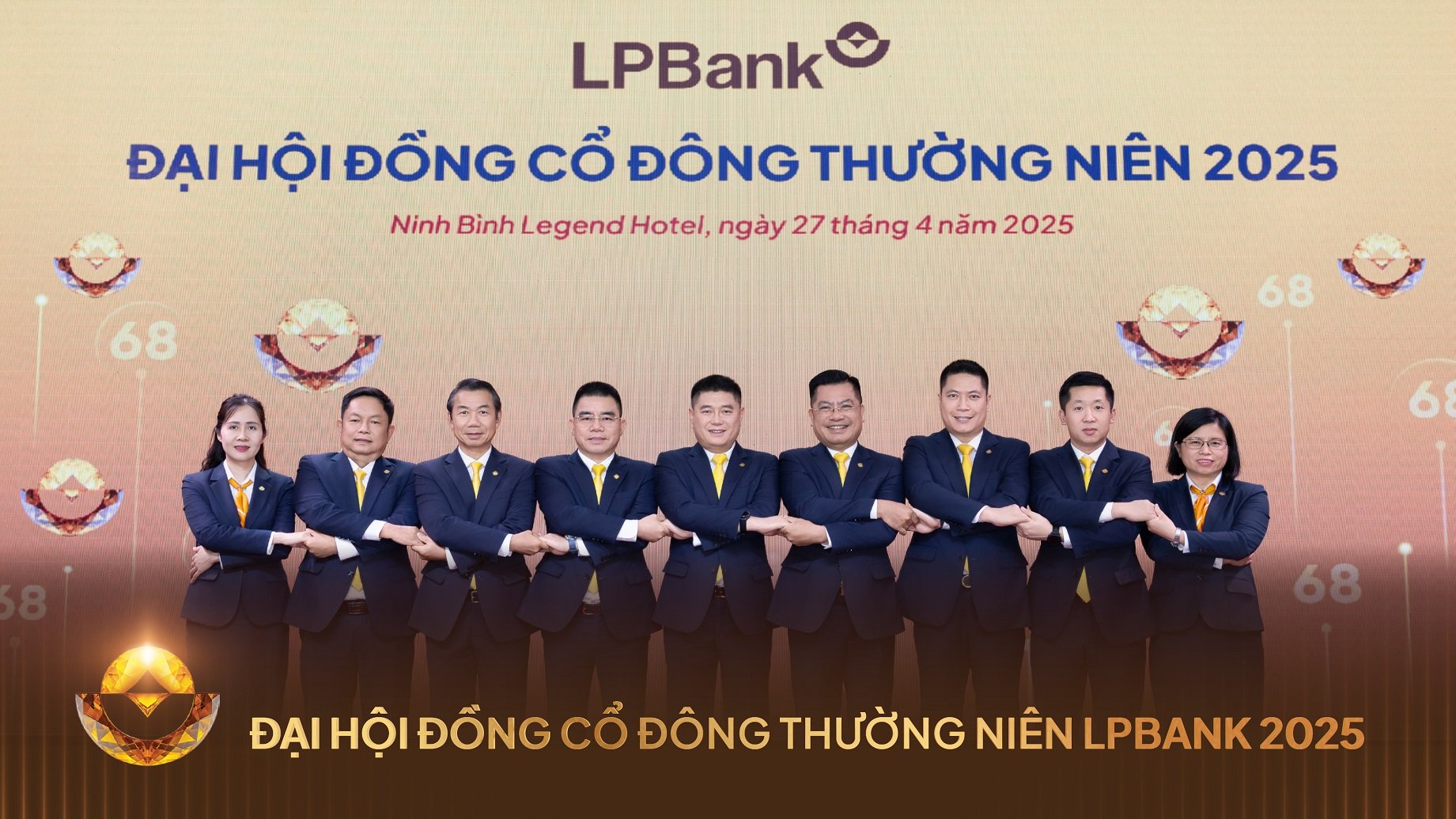
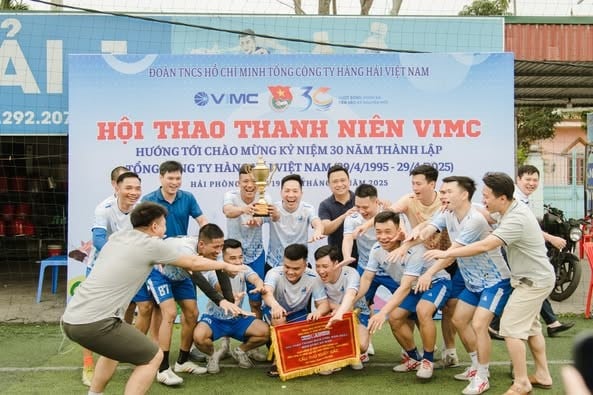
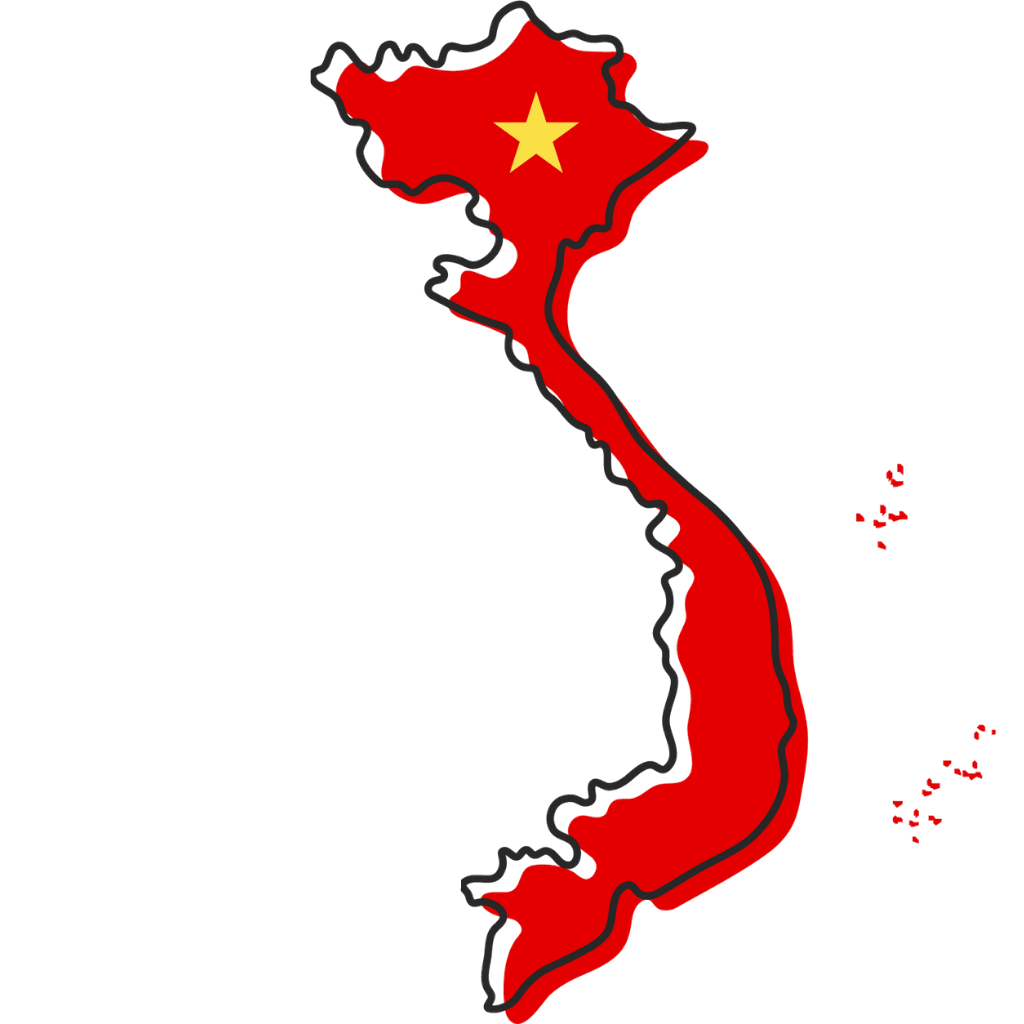
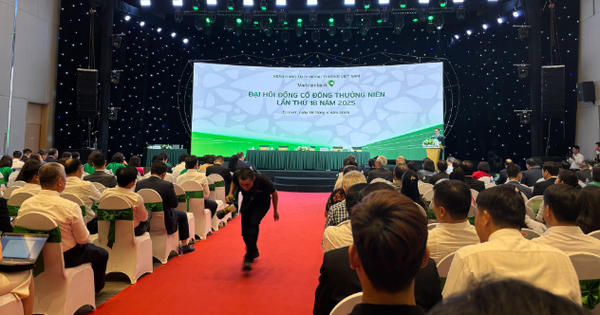


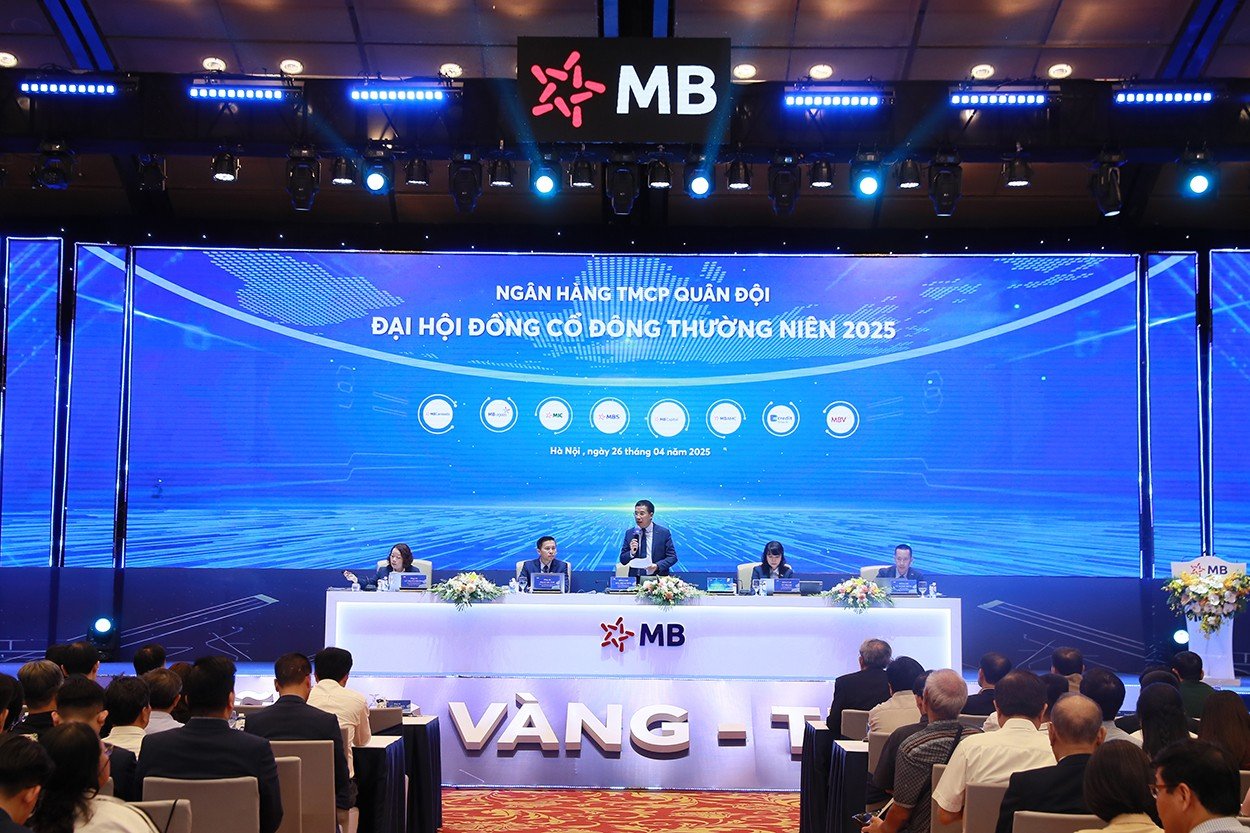

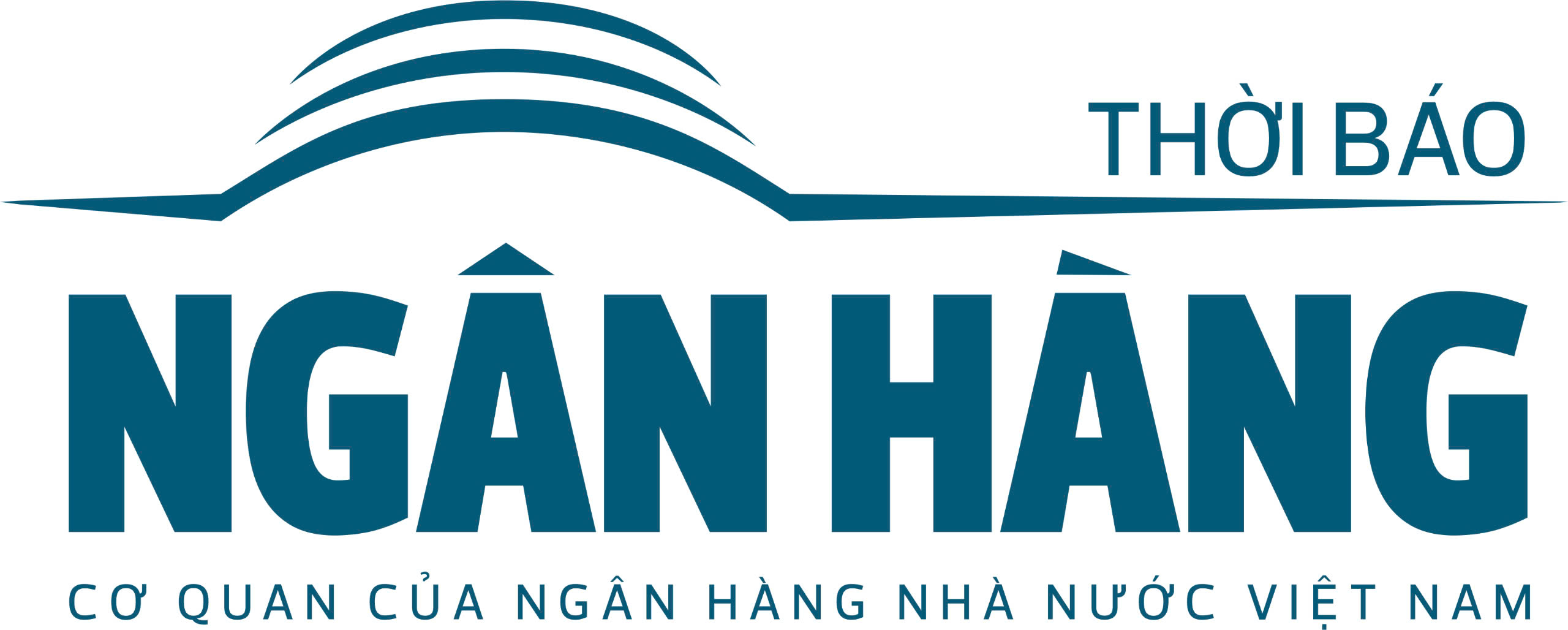
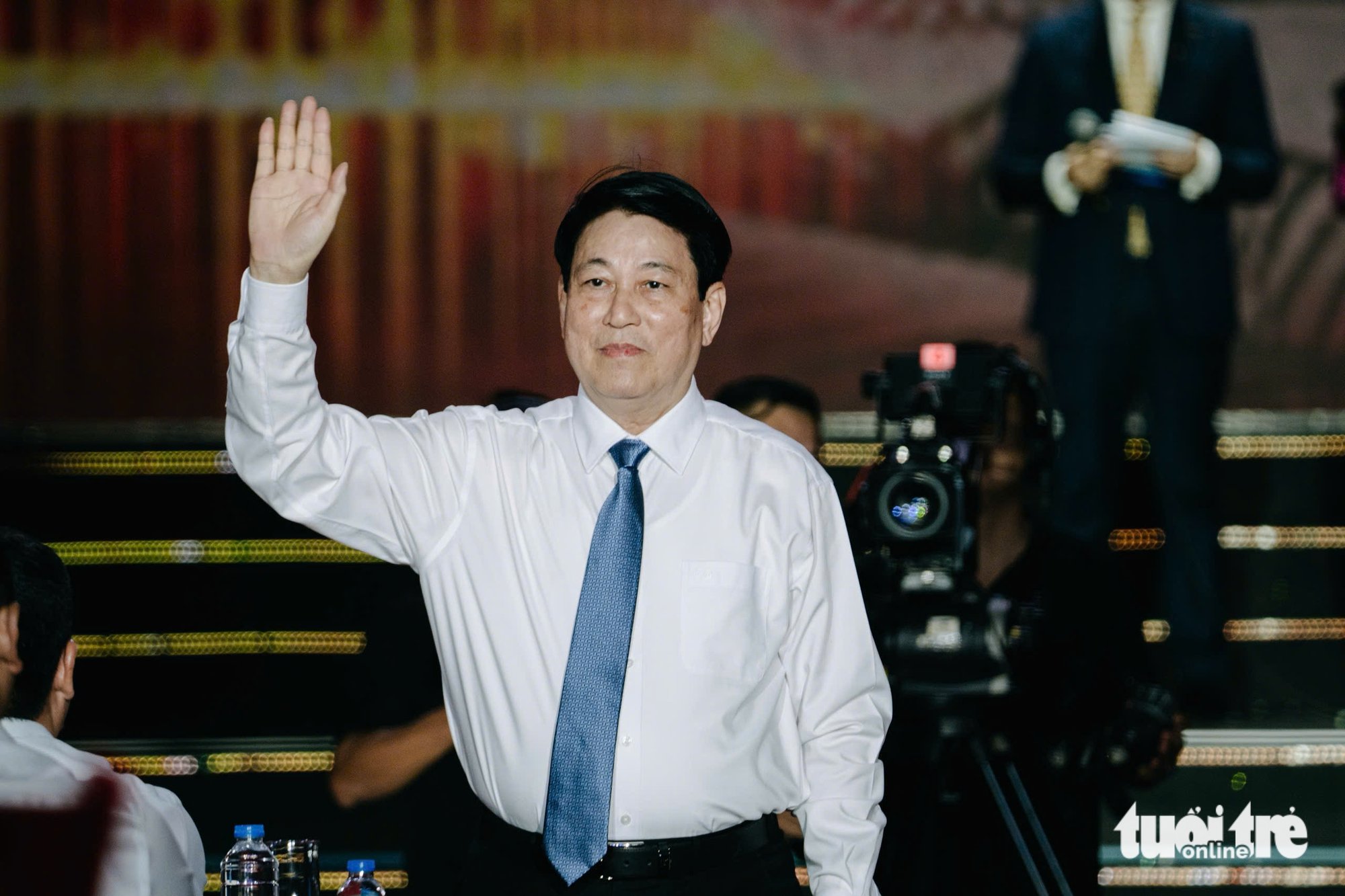

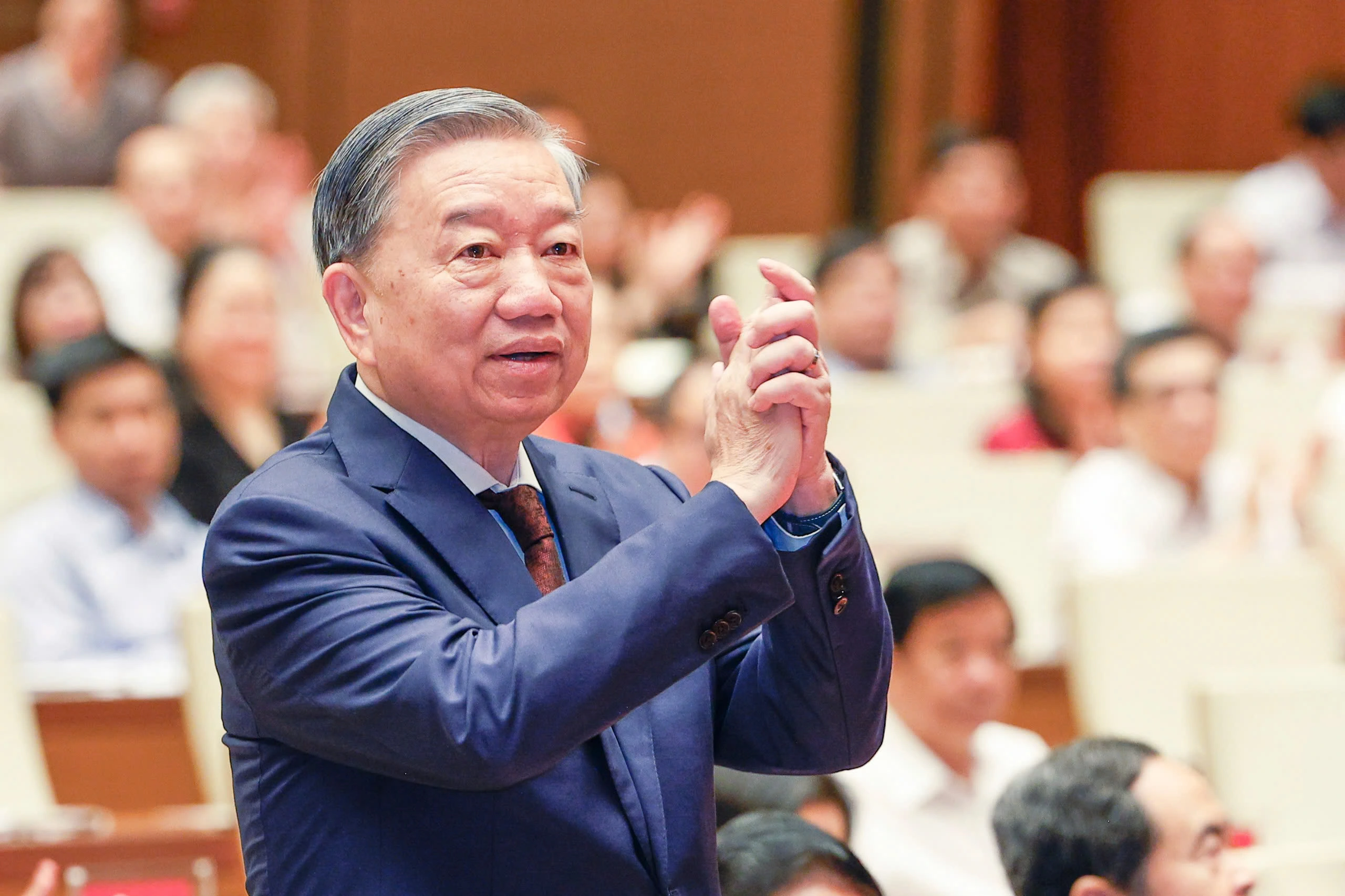




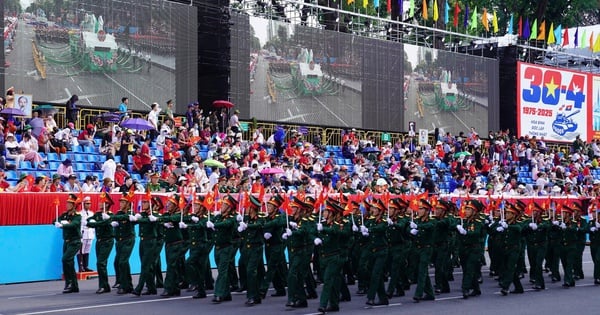

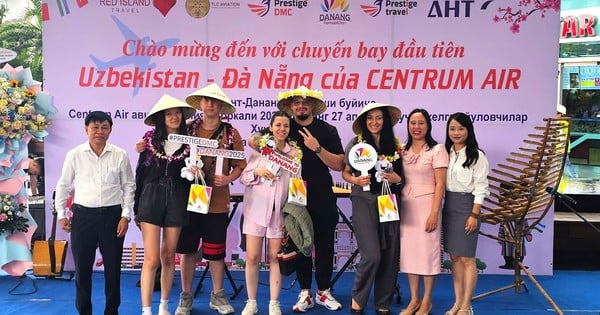

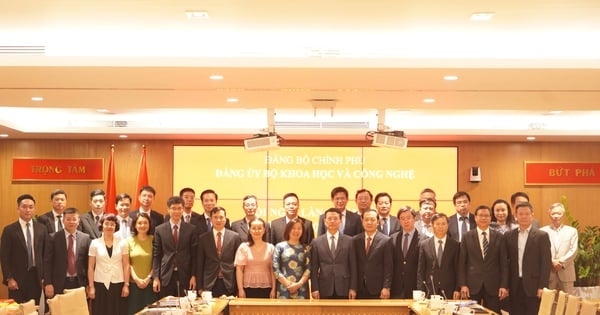


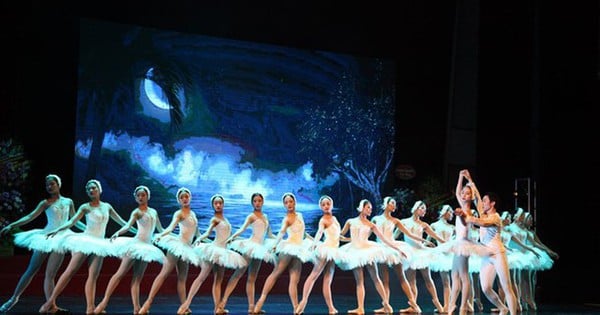
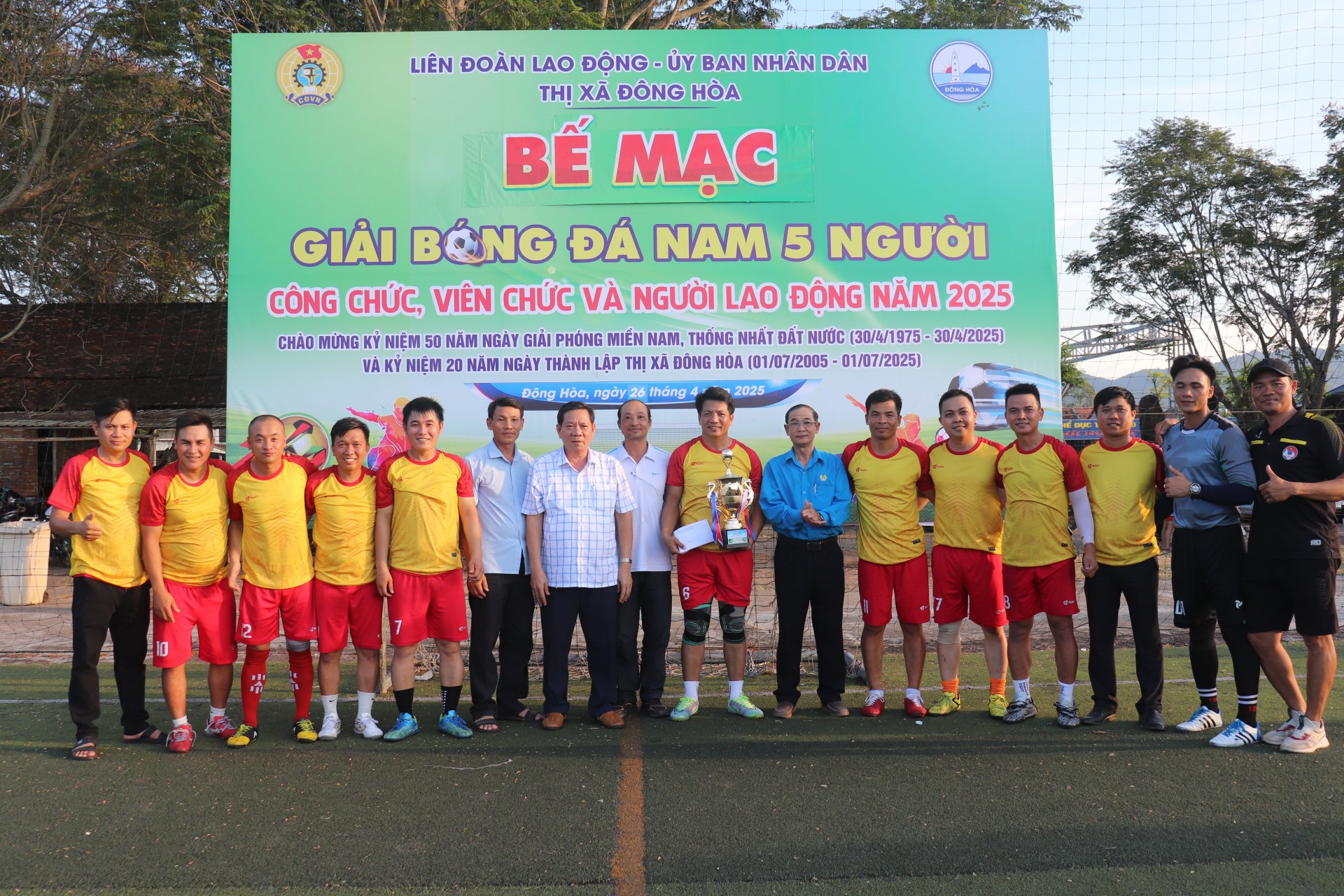

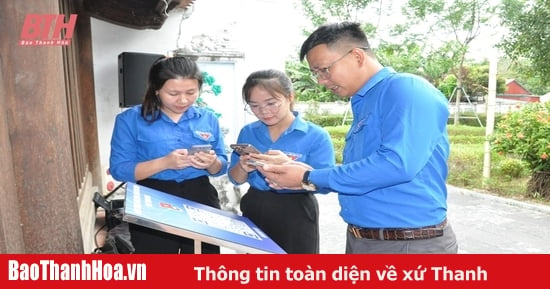



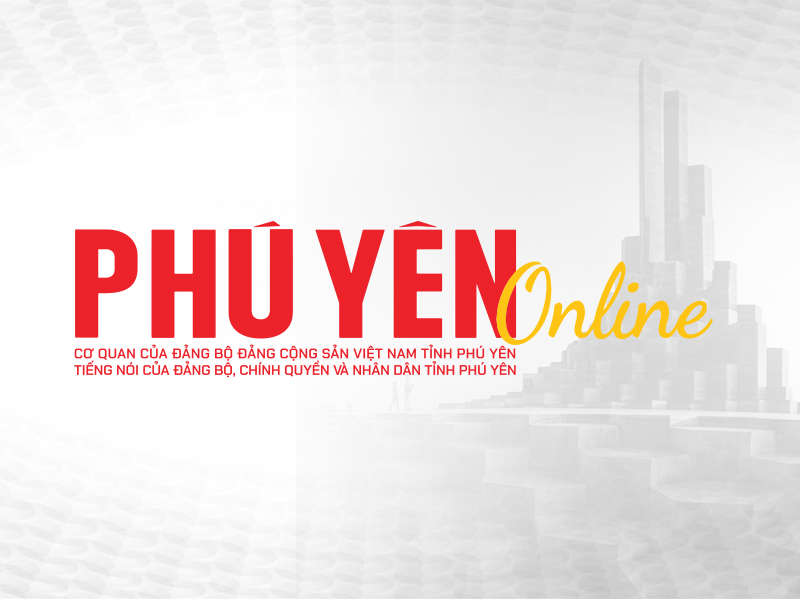
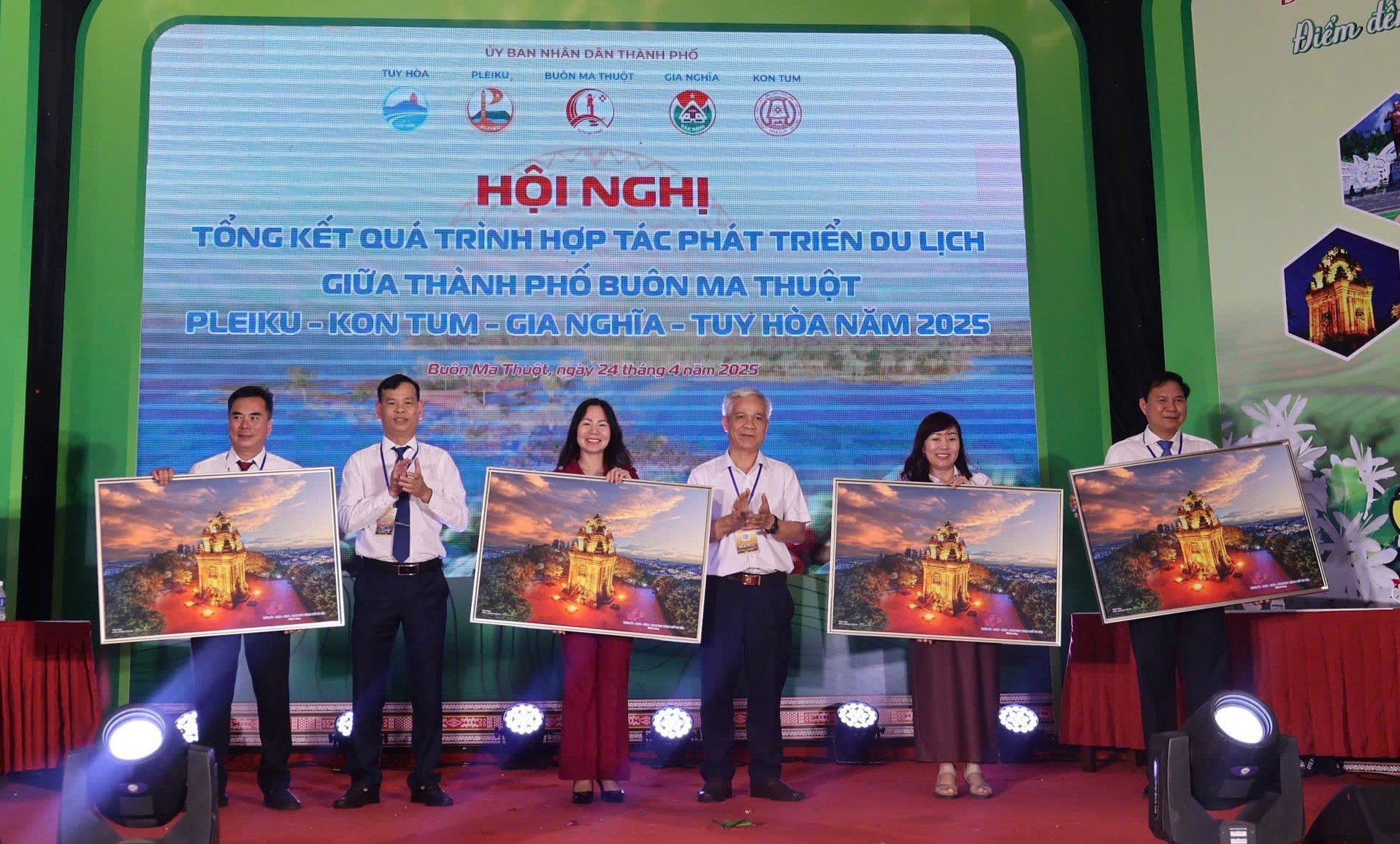
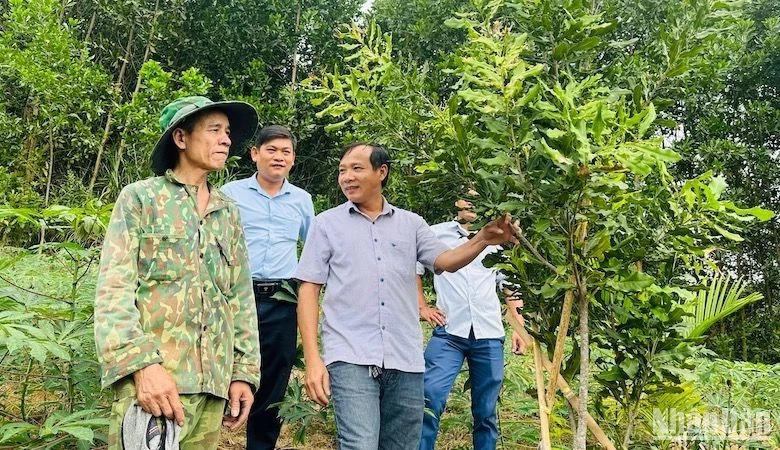


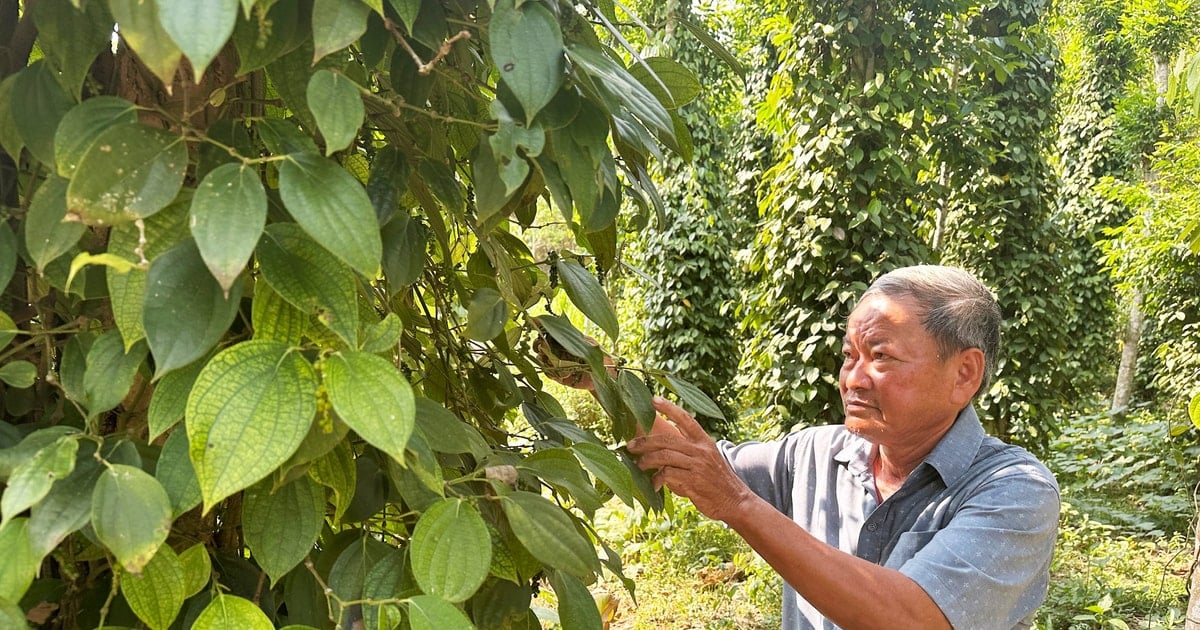

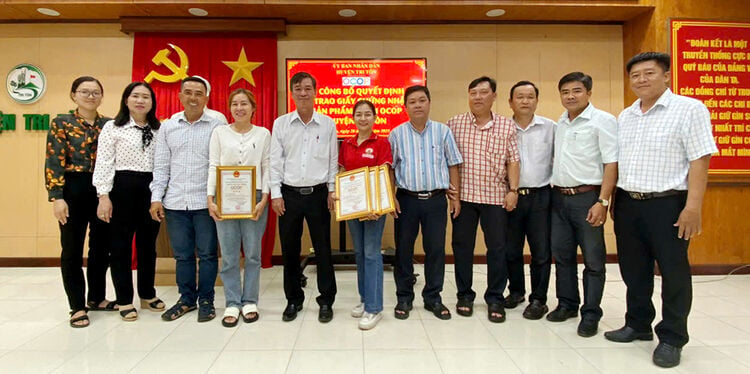
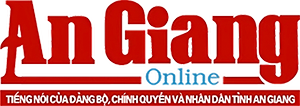
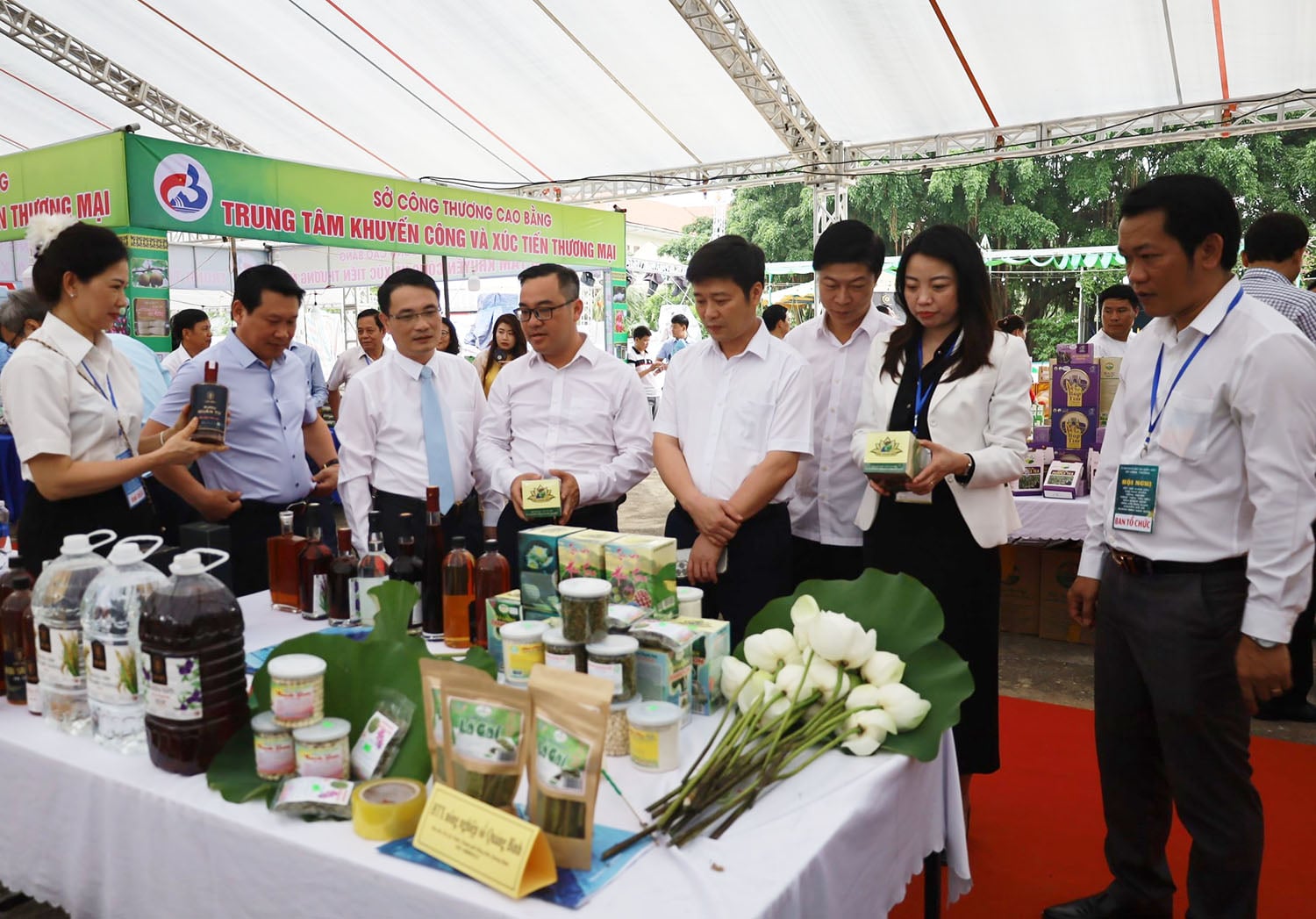

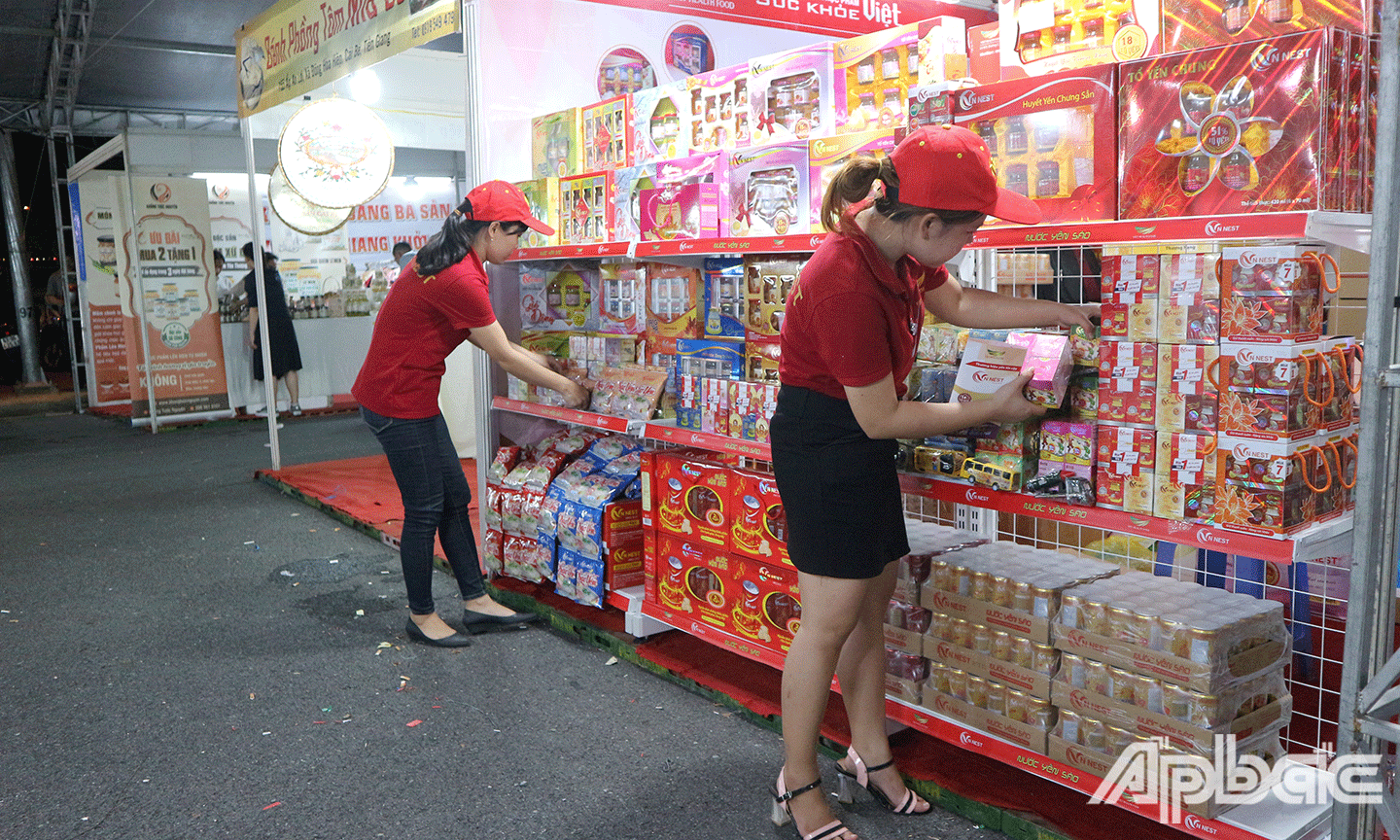
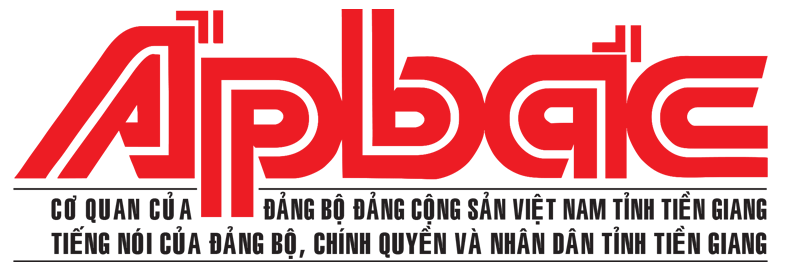
Comment (0)